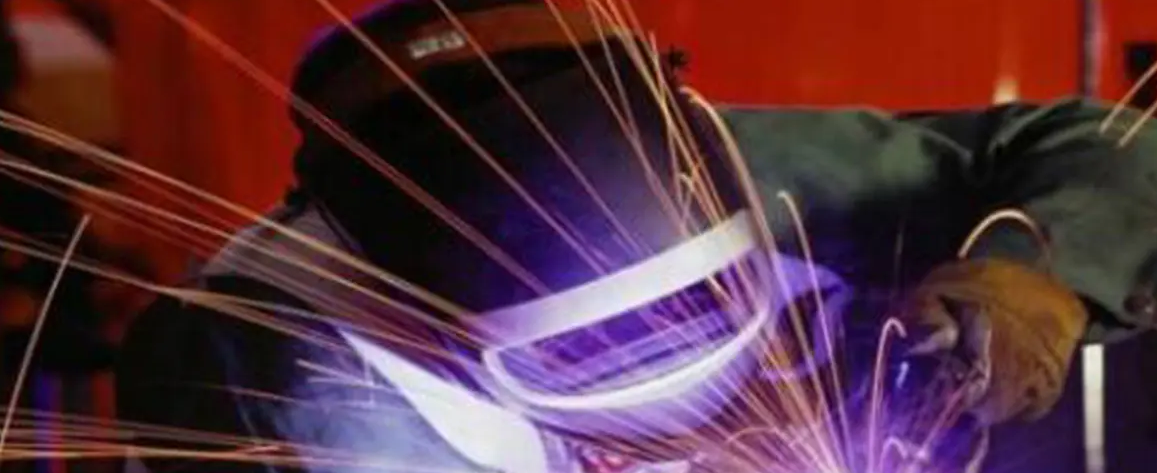Sheet metal fabrication plays a crucial role in the automotive industry, enabling the production of high-performance vehicles with innovative designs. It involves the shaping, cutting, and forming of sheet metal to create various components and structures used in automobiles. By employing advanced fabrication techniques, automakers can enhance both the performance and design of their vehicles. Let's explore some key ways in which sheet metal fabrication contributes to these aspects.
Lightweighting: One of the primary goals in automotive design is to reduce the weight of vehicles to improve fuel efficiency and performance. Sheet metal fabrication allows manufacturers to create lightweight components by using thinner gauges of metal or utilizing specialized lightweight alloys. Techniques such as hydroforming and tailored blanking help optimize the weight-to-strength ratio, resulting in lighter and more fuel-efficient vehicles without compromising structural integrity.
Structural Integrity: Sheet metal fabrication techniques, such as stamping, welding, and laser cutting, enable the creation of structurally sound components. These components provide the necessary strength and rigidity to support the vehicle's frame, suspension, and safety features. By fabricating precise and durable parts, automakers can enhance the overall structural integrity and safety of their vehicles.
Customization and Complex Designs: The versatility of sheet metal fabrication allows for the creation of complex shapes and designs. Automakers can produce custom body panels, unique exterior features, and intricate interior components to differentiate their vehicles in the market. Computer-aided design (CAD) software, along with advanced forming and bending techniques, enables the realization of highly detailed and aesthetically appealing automotive designs.
Aerodynamics: Sheet metal fabrication techniques are instrumental in shaping the aerodynamics of vehicles. By carefully designing and fabricating body panels, automakers can minimize drag and optimize airflow around the vehicle. Smooth and contoured surfaces, combined with functional features like air dams, spoilers, and diffusers, improve aerodynamic performance, resulting in reduced fuel consumption, enhanced stability, and improved handling.
Noise and Vibration Reduction: Sheet metal fabrication can contribute to reducing noise and vibration levels within the vehicle cabin. By employing specialized techniques like hydroforming or adding sound-deadening materials, automakers can enhance the overall comfort and refinement of their vehicles. This ensures a quieter ride and improves the overall driving experience.
Integration of Advanced Technologies: Sheet metal fabrication can incorporate the integration of advanced technologies into automotive components. For example, fabrication processes can be adapted to accommodate sensor placements, wiring harnesses, or battery enclosures for electric vehicles. By seamlessly integrating these technologies, automakers can enhance the performance and functionality of their vehicles.
Overall, sheet metal fabrication in the automotive industry serves as a vital tool for enhancing vehicle performance and design. It enables lightweighting, improves structural integrity, facilitates customization, optimizes aerodynamics, reduces noise and vibration, and allows for the integration of advanced technologies. As the automotive industry continues to evolve, sheet metal fabrication will play an increasingly crucial role in creating innovative and high-performing vehicles.

